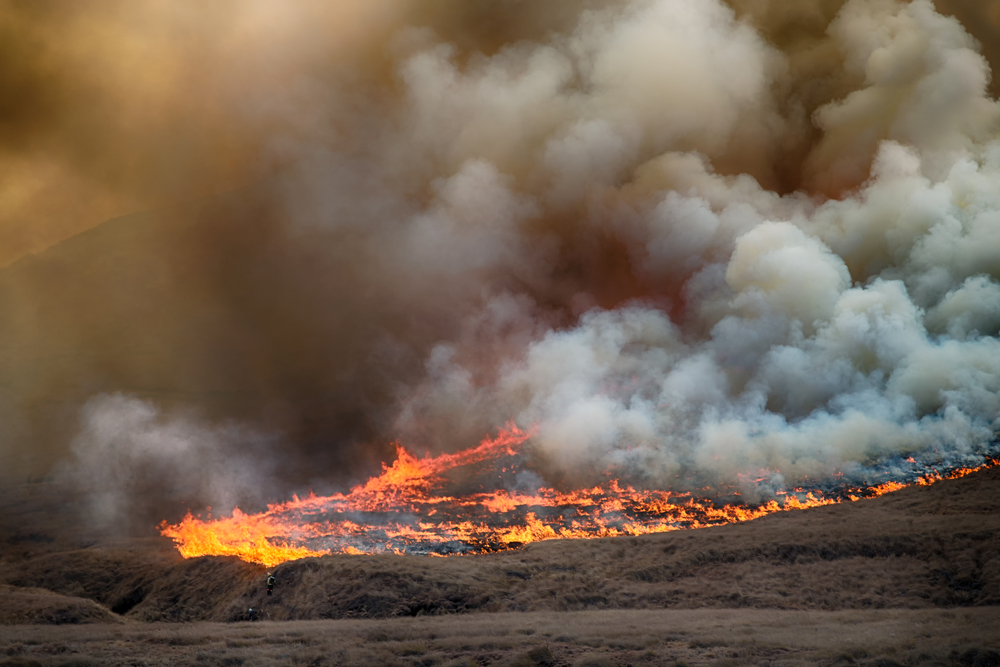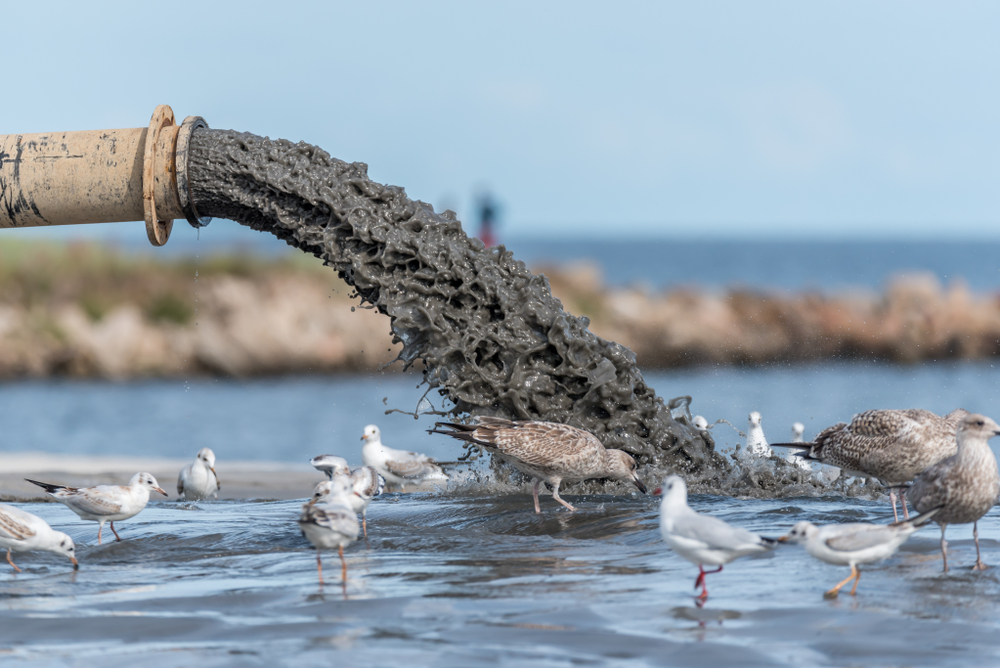Environmental Disasters
Forest Fires
Date: July–August 2019
Location: Various locations in Estonia
Type of Disaster: Wildfire
Environmental and Human Impact: A prolonged heat wave and dry conditions led to a series of wildfires in Estonia, causing damage to forests and wildlife habitats. The fires also posed a risk to human safety and property.
Mitigation: The Estonian government and emergency services worked to contain and extinguish the fires, with support from international organizations and neighboring countries.
Aljo Dam Failure
Date: August 2018
Location: Tartu County, southern Estonia
Type of Disaster: Dam Failure
Environmental and Human Impact: The Aljo Dam, located in Tartu County, failed after heavy rainfall, causing flooding and significant damage to the surrounding area. The flooding resulted in the evacuation of nearby residents, and caused damage to homes, infrastructure, and agricultural land. The dam failure also had environmental impacts, with the release of sediment and other pollutants into nearby rivers and wetlands.
Mitigation: Emergency response teams worked to contain the toxic gases and prevent further harm to human health and the environment. The Estonian government conducted an investigation into the causes of the explosion and introduced new safety regulations for ammonium nitrate plants.
Viru Ammonium Nitrate Explosion
Date: September 2010
Location: Viru, eastern Estonia
Type of Disaster: Industrial Explosion
Environmental and Human Impact: An explosion occurred at an ammonium nitrate plant in Viru, resulting in the release of toxic gases into the environment. The explosion caused significant damage to the plant and surrounding infrastructure, and several workers were injured. The toxic gases released by the explosion posed a risk to human health and caused concern among local residents.
Mitigation: Emergency response teams worked to contain the toxic gases and prevent further harm to human health and the environment. The Estonian government conducted an investigation into the causes of the explosion and introduced new safety regulations for ammonium nitrate plants.
Tapa Oil Shale Ash Spill
Date: March 2009
Location: Tapa, northern Estonia
Type of Disaster: Toxic Spill
Environmental and Human Impact: A pond containing oil shale ash from a nearby power plant overflowed, releasing toxic sludge into the surrounding environment. The spill contaminated nearby rivers and wetlands, killing fish and other aquatic life and causing damage to the local ecosystem. The toxic sludge also posed a risk to human health, with elevated levels of heavy metals and other toxins detected in the water and soil.
Mitigation: Cleanup efforts were undertaken to contain and remove the toxic sludge, and the Estonian government introduced new regulations to improve the management of oil shale waste and prevent future spills.
Väike Emajõgi River Pollution
Date: May 2000
Location: Southern Estonia
Type of Disaster: Industrial Pollution
Environmental and Human Impact: A chemical factory in Tartu, Estonia, released toxic waste into the Väike Emajõgi river, causing significant pollution and environmental damage. The pollution affected water quality, aquatic life, and ecosystems, and posed a risk to human health.
Mitigation: The Estonian government took action to contain the pollution and prevent further damage to the river, including clean-up efforts and legal action against the responsible company.
Paldiski Nuclear Accident
Date: September 1994
Location: Paldiski, Estonia
Type of Disaster: Nuclear Accident
Environmental and Human Impact: An accident at a nuclear reactor in Paldiski, Estonia, caused a leak of radioactive materials into the environment, posing a significant risk to human health and the environment. The accident resulted in the evacuation of over 300 residents from the area.
Mitigation: The Estonian government and international organizations took action to contain the radioactive material and prevent further contamination, including the removal and disposal of contaminated materials and the implementation of stricter safety regulations.
Muuga Oil Spill
Date: January 28, 1994
Location: Muuga Bay, near Tallinn
Type of Disaster: Oil Spill
Environmental and Human Impact: A Russian tanker, the M/T Virgo, ran aground and spilled an estimated 65,000 tons of crude oil into Muuga Bay, polluting the surrounding waters and coastline. The oil spill had severe environmental impacts on the ecosystem, killing fish and other marine life, damaging the local fishing industry, and causing long-term contamination of the marine environment. The oil spill also affected human health, as people living in the area reported respiratory problems and skin irritation from exposure to the oil and its fumes.
Mitigation: Emergency response teams worked to contain and clean up the oil spill, and the Estonian government introduced new regulations to improve oil spill prevention and response in the future.
Phosphorite Mining Pollution
Date: 1970s–1980s
Location: Northern Estonia
Type of Disaster: Industrial Pollution
Environmental and Human Impact: Phosphorite mining in Estonia caused significant environmental pollution, including air and water pollution, soil contamination, and damage to ecosystems. The pollution also posed a risk to human health, with local communities experiencing respiratory diseases, cancers, and birth defects.
Mitigation: The Estonian government has implemented measures to reduce pollution from phosphorite mining, including tighter regulations and investment in cleaner technologies.
Copyright © 1993—2025 World Trade Press. All rights reserved.

 Estonia
Estonia 



